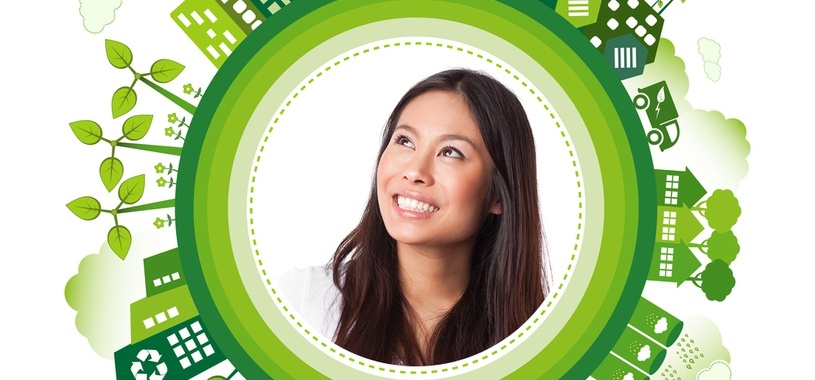Sustainability is such a vague term, it is no wonder so many companies have a vague idea about how to set and meet sustainability goals. As it applies to the environment, sustainability means getting the job done—whatever it is—without causing harm or impairing anyone’s ability to live well. More generally, it means reducing the negative effects that you have on the environment.
Sustainable Materials Management (SMM) seeks to reduce or eliminate the negative environmental effect of materials used in business throughout the material’s lifecycle. Significant gains have been made in the packaging industry, but it is just getting started.
SMM and the Circular Economy are Similar, but Not the Same
Some green-friendly terms are used interchangeably, even when they are substantially different. Sustainable Materials Management and the Circular Economy are on the same environmentally-aware wheel, but they are different spokes.
SMM examines and evaluates materials from numerous angles. The one with the lowest carbon footprint, as well as that can be determined, wins. The Circular Economy focuses on stopping the cycle of "virgin materials in, dead waste materials out."
The Circular Economy reduces the volume of new raw materials to manufacture a product with a strong focus on recycled content. SMM recognizes that recycled content might not be the greenest approach.
 Even with increased participation, recycling and the Circular Economy are imperfect.
Even with increased participation, recycling and the Circular Economy are imperfect.
Recycling Has Limitations
Communities across the country have recycling bins for residents. Some cities require participation. In others, it is more of a suggestion. Either way, the country as a whole has a long way to go before all that can be recycled is recycled.
The weak link in the chain, according to Sustainable Packaging Coalition associate director, Adam Gendell, is manufacturer demand for post-consumer recycled content. He tells Packaging Digest that recyclable packaging is readily available. However, there is not enough demand to complete the circular economy by pulling those materials back into manufacturing.
With a sustainable materials management approach, businesses have more options, at least for now. Gendell says they are both vital to the future of sustainability. If one packaging material is not recyclable or does not have many viable recycling options, it still might be greener than the recyclable alternative. That is the case with many flexible packaging materials.
SMM Strategies Give Manufacturers More Packaging Choices
From the SMM standpoint, sustainability goals are met using the best option available. In some cases, recycled materials really are a better choice. Sometimes, they are not. Flexible packaging is not currently among more readily recyclable materials, but across the whole lifecycle, it is still greener than some materials that seem better at face value.
Think about glass packaging. It is recyclable. Cardboard is, too. However, flexible packaging materials are smaller and lighter. Transportation does not contribute as much to carbon emissions, and there are no emissions from a recycling process. Flexible materials such as the IBC High-Barrier Foil Liner can also enhance product safety and freshness, which reduces product waste.
Meta Pail packaging is also lighter than the alternatives and the LLDPE or HDPE pail and corrugated container are recyclable. What is more, there is ongoing research into recycling flexible packaging and getting plastics back into the cycle. Plastics Make it Possible says Materials Recovery for the Future is working on a solution for recovery.
Sustainable Materials Management lets you evaluate packaging products on all of their merits. Flexible materials might not seem to be as environmentally sound as materials that are frequently recycled. However, in the bigger picture, you will see lower costs, less storage space, fewer carbon emissions from transportation, less product waste, fewer virgin materials than some packaging with a post-consumer recycled content, and a more cost-effective product.
Download our corporate brochure to learn more about our environmentally-friendly flexible packaging options.


